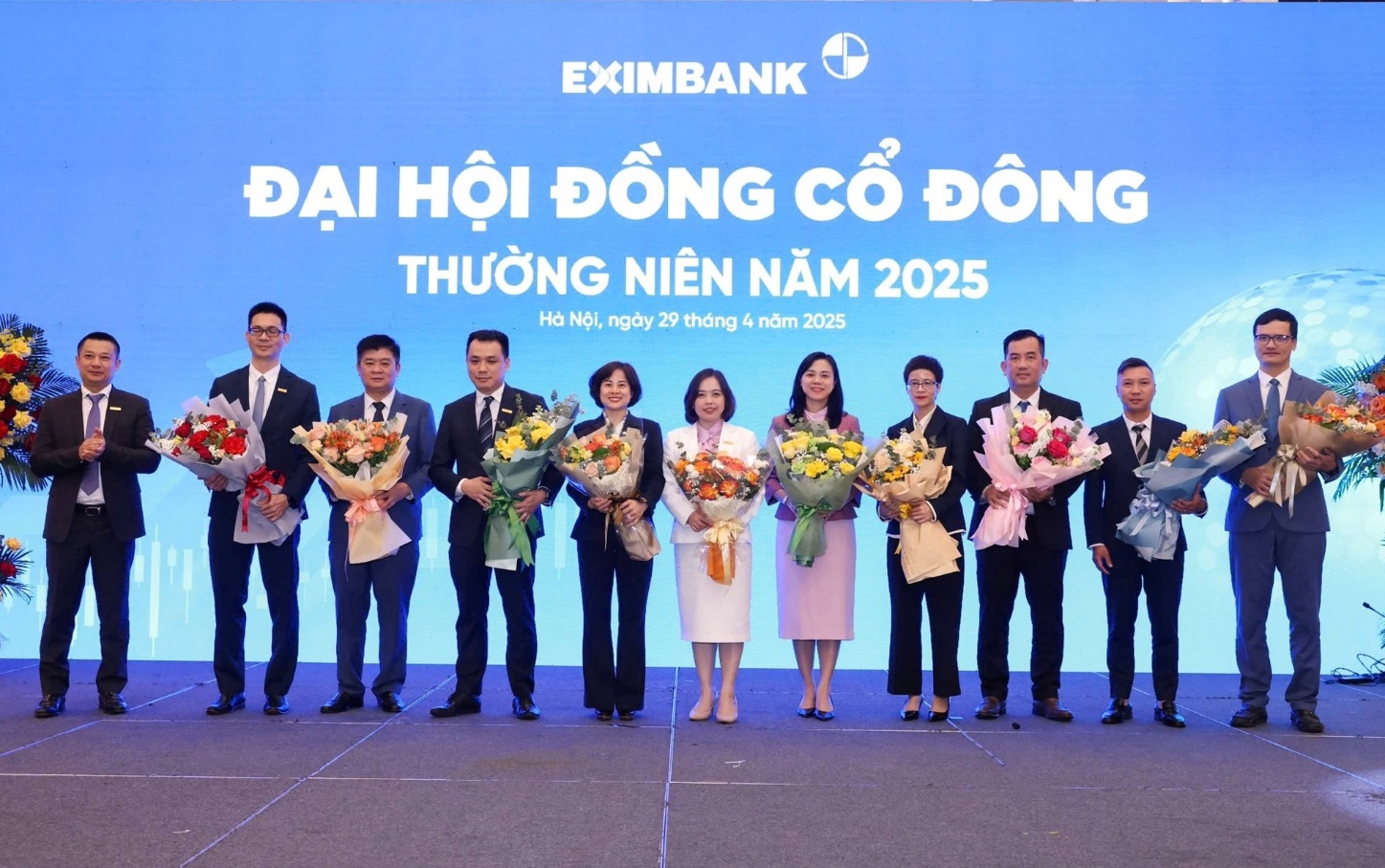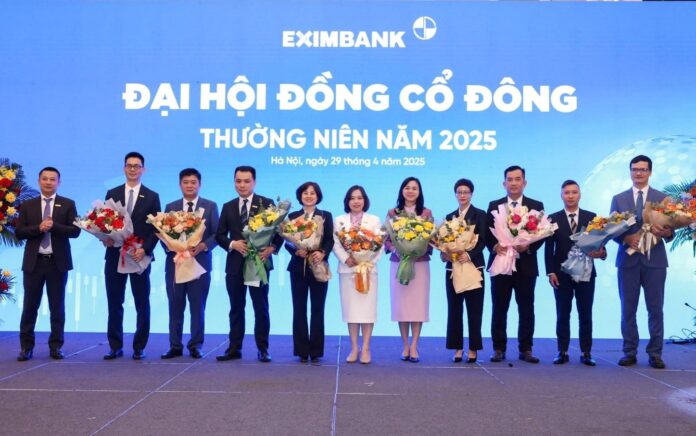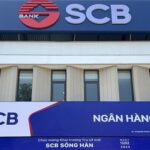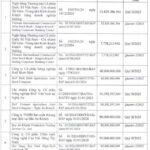The bank’s impressive performance is a testament to the successful restructuring of its operating model, risk management, and customer development strategy, despite the challenging economic landscape.
Remarkable Profit Growth with Surging Forex Income
According to the financial report, net interest income remained the bank’s primary revenue source, reaching VND 1,354 billion. Notably, non-interest segments showed significant improvement, especially in foreign exchange trading, with a remarkable 141% year-on-year surge in net income to VND 201.7 billion. Banking services also contributed VND 146 billion, a 32.2% increase, while other activities yielded VND 109 billion in net income. Total operating income surpassed VND 1,800 billion, reflecting a 14.6% year-on-year growth. This diversification strategy effectively reduces the bank’s reliance on loan interest income while enhancing its competitiveness in a challenging economic environment.
As of the first quarter, Eximbank’s total assets reached VND 251,133 billion, representing a 4.74% growth. Customer lending stood at VND 180,336 billion, a 9.2% increase, while the credit balance for the entire system reached VND 182,258 billion, up by 8.34%. This credit allocation aligns with the State Bank’s guidance, focusing on key sectors such as individual customers, small and medium-sized enterprises (SMEs), foreign-invested enterprises, and large corporate ecosystems. Customer deposits amounted to VND 175,759 billion, reflecting a 4.96% increase, equivalent to a nearly VND 8,300 billion rise since the beginning of the year.
Eximbank maintained robust financial safety indicators: the ratio of short-term capital used for medium and long-term loans remained at 23-25%, below the State Bank’s 30% threshold; the loan-to-deposit ratio (LDR) was kept below 85%; and the capital adequacy ratio (CAR) approximated 12%, surpassing the minimum requirement of 8%. These indicators demonstrate the bank’s prudent management strategy and ability to navigate macroeconomic and market fluctuations effectively.
Sustainable Development Strategy and Digital Transformation
At the recent 2025 Annual General Meeting of Shareholders held in late April, Mr. Nguyen Hoang Hai, Acting CEO of Eximbank, announced a series of significant changes ahead. These encompass not only organizational structure adjustments but also a refined approach to shaping the bank’s market brand image. These transformations will be reflected in stock prices, market capitalization, and brand positioning, transcending mere profit figures. Eximbank’s representatives emphasized their commitment to a sustainable development strategy, prioritizing system efficiency and safety. The bank aims to “move fast without rushing,” laying a robust foundation for subsequent growth phases.

The 2025 Annual General Meeting of Shareholders approved Eximbank’s ambitious business plan for the year.
During the meeting, shareholders also approved Eximbank’s ambitious 2025 business plan. The bank targets total assets of VND 265,500 billion, a 10.7% increase, VND 206,000 billion in capital mobilization, a 15.5% surge, and a credit balance of VND 195,500 billion, representing a 16.2% growth. The bank has set a pre-tax profit goal of VND 5,188 billion, reflecting a nearly 24% year-on-year increase. Notably, Eximbank aims to maintain a bad debt ratio below 1.99%, underscoring its commitment to enhancing credit quality and operational efficiency.
Beyond financial metrics, Eximbank remains committed to investing in its digital foundation, modernizing operations, and repositioning its brand as a multi-channel, friendly, transparent, and sustainable bank. The EDigi digital banking system, the EBiz platform for businesses, and cutting-edge technologies like AI, RPA, and voice biometrics are being seamlessly integrated into the bank’s operations. These innovations optimize costs, enhance customer experiences, and boost internal work efficiency.
With a stable financial foundation, a clear development direction, and strategic alignment between its leadership and shareholders, Eximbank demonstrates its determination to solidify its position as one of Vietnam’s leading dynamic, transparent, and reliable joint-stock commercial banks.
“Breaking News: Report on SCB Bank Submitted to Congress”
The State Bank of Vietnam has presented a report to the National Assembly, outlining a proposed restructuring plan for the Saigon Commercial Bank (SCB). In alignment with government resolutions, the State Bank is diligently refining the plan, which will be submitted to the appropriate authorities for approval.
Launching the Strategic Human Resources Alliance for the Implementation of Resolution 57-NQ/TW
On May 7, 2025, the Forum on Developing New Impetus for the Nation and the Launch Ceremony of the Strategic Human Resources Alliance for the Implementation of Resolution 57-NQ/TW was held in Hanoi. This significant event, organized by FPT Corporation in collaboration with various ministries, departments, and organizations, aimed at contributing to the development of human resources to ensure the successful implementation of Resolution 57-NQ/TW.
“Capital Solutions for Small and Medium-Sized Enterprises”
“At the “Elevating Vietnamese Enterprises” event held on the morning of May 8, experts from banking and payment solution companies offered insights into supporting Vietnam’s small and medium-sized enterprises (SMEs) to enhance their governance, optimize operations, and foster sustainable growth in the current economic landscape.”





















